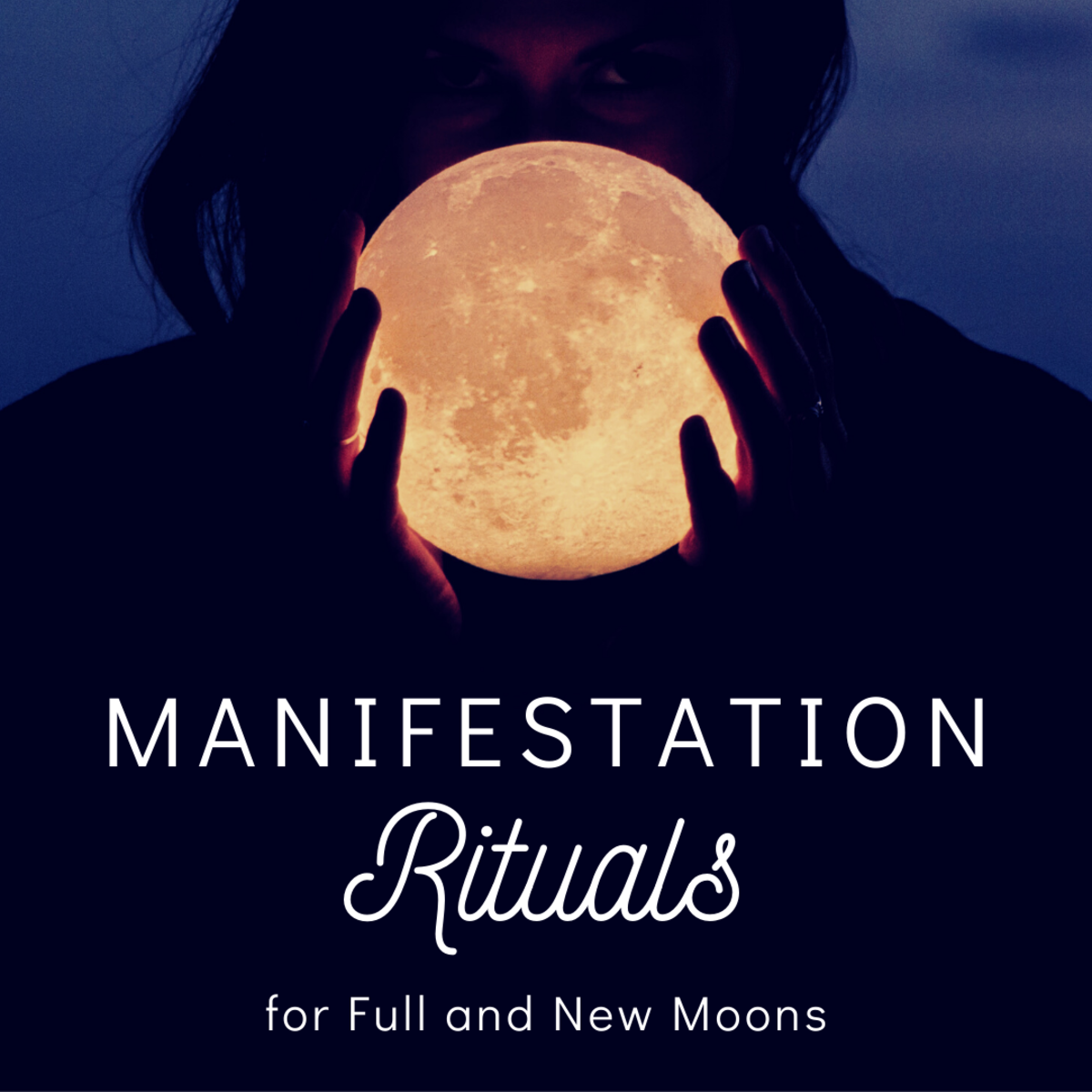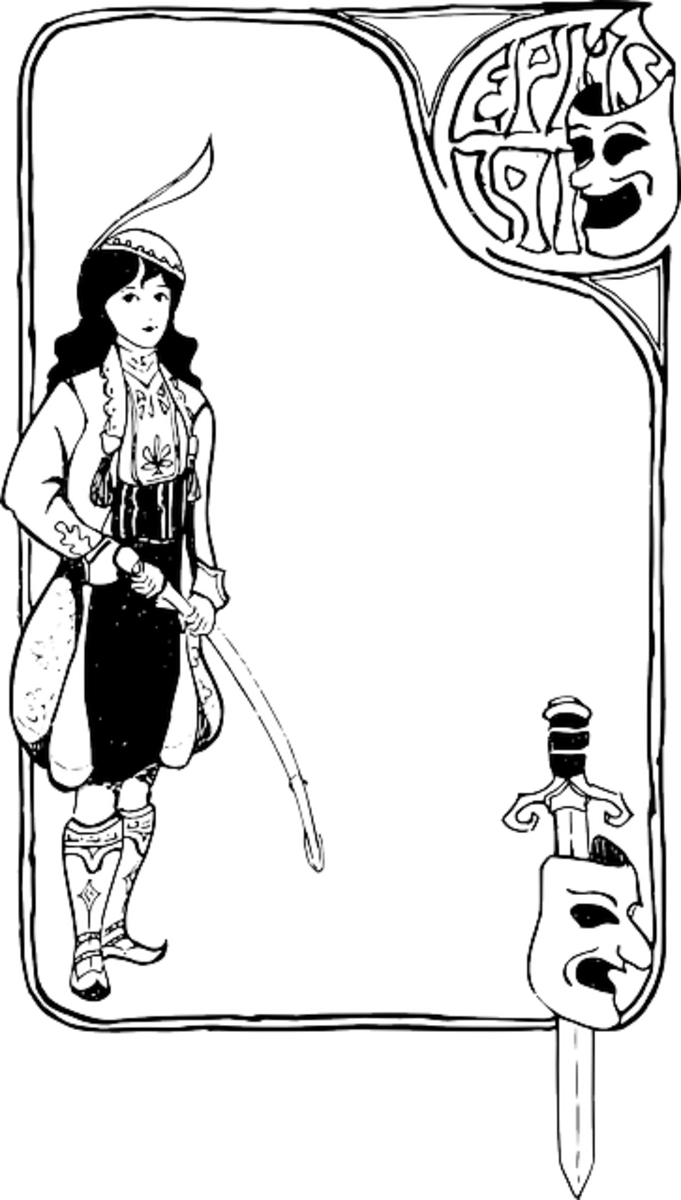Pagan Ritual: A Primer for Non-Pagans
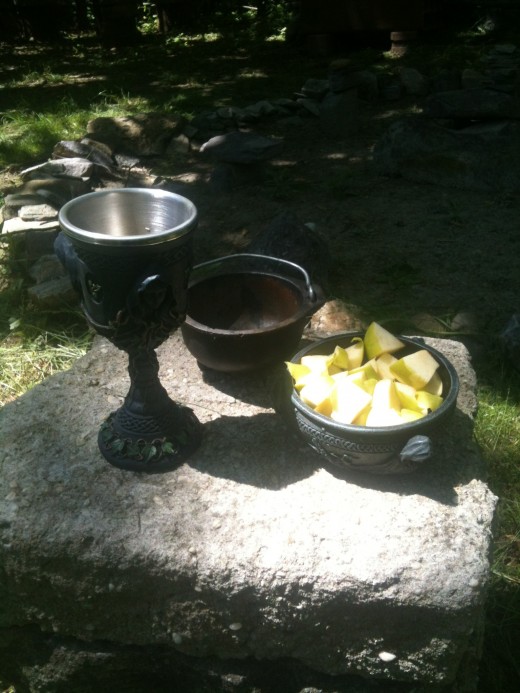
I've Been Invited to a Ritual
“I’ve been invited by a close friend to attend a ritual with their Pagan group. What can I expect?” This is a question that comes up a great deal and not just from non Pagans. Those new to the path may also wonder what to do or expect at their first ritual. Here is some advice.
Whether you are a new Pagan or someone you are close with is a Pagan, chances are that you will be invited to sit in on a ritual or ceremony. Chances are also that you may be curious about what to expect. Well, have a seat and get comfy while we have a little chat. First, we need to talk about what tradition the ritual organizers follow. Then, is it for Full Moon, a holiday or a specific event like a wedding? This is much less complicated than you may think. The truth is that it is no different than being invited to a church, temple or mosque for a service.
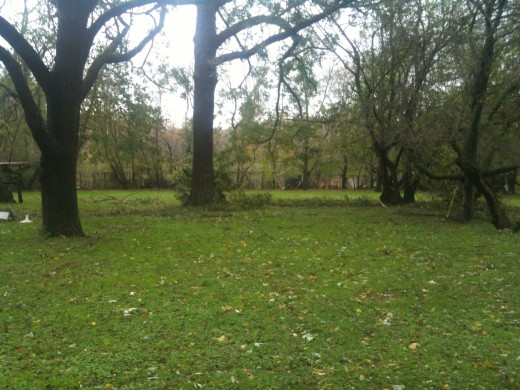
The Trunk of the Tree
Normally, I look at the term “Pagan” as the trunk of a tree. The word itself most likely comes from the Roman “Paganus” meaning, roughly, country dweller. Today, it is usually applied to someone who follows the old ways or a nature based spirituality.
Back to the tree trunk. “Pagan” is the trunk. Then you have the branches. In this case, you will find such paths as Wicca, Witchcraft, Druidry, Shamanism and so on. On each branch you may have twigs. For example, on the Wicca branch you might see “Gardnerian Wicca”, “Dianic Wicca”, “Eclectic Wicca”, etc. There are many types of Paganism and almost each type has sub-groups. Don’t let this confuse you. Think of Christianity. You can have a Baptist, a Catholic, a Lutheran…you get the idea. There are similarities and differences.
Each path will have their own ritual structure. You may find that they are almost identical at times with only a change of phrase, word or order. Some are very rigid, others are free flowing. Don’t worry that you will be asked to disrobe as it is unlikely the case. Although some traditions, such as Gardnerian Wicca, may choose to practice sky clad (naked), this is not usual practice for all traditions. Many of the groups who do choose to practice sky clad usually save this for private rituals with initiated coven members only. If you are a guest at any of the rituals for an established group, you may or may not be asked to participate to your level of comfort. This may include reading aloud, writing an intent or prayer on paper and tossing it into a bonfire, holding hands with other participants and so on. It isn’t likely to be anything too different from most other types of services. You always have the option to decline. No group should ever force you to do something that goes against your personal beliefs. If your participation is as a seeker, you may be asked to observe at first and then later be assigned a role.
What is the Occasion?
The next thing to ask about is the reason for the ritual. Pagans tend to have rituals for Full Moon and/or New Moon as well as Sabbats (holidays) on the wheel of the year (I’ll explain in a moment). In addition, like any other spiritual path, they will mark life events such as weddings (also called handfastings) and funerals. What is the reason for the ceremony you will be attending?
If it is for one of the Sabbats, the formality depends again on the tradition, but also on the holiday. There are eight holidays that most Pagans observe. Although not all Pagans observe all of these, they are the most common. They are agriculturally and astronomically focused, meaning they follow the seasons and the equinox and solstices. They are generally from sundown to sundown and dates are approximate, as they can change with the actual date of the equinox or solstice. (SEE TABLE) Beltane and Midsummer tend to have a joyous, playful feel. Samhain is much more solemn.
A word about Samhain. Halloween and Samhain are totally separate. It is comparable to the two Christmas traditions celebrated on the same date - Santa Claus and the Nativity. They coincide but it doesn’t mean that one is the same as the other. If you are invited to a Samhain ceremony, do not assume that Halloween costumes are okay unless it is specifically stated. I do love Halloween, but I treat it as an entirely different holiday - because it is. In my particular group it is understood that on Samhain, costumes are not worn in ritual. This is the day that we honor our Ancestors and those who have died recently. It is not sad but rather contemplative. We remember those whom we have lost with fondness and love.
Full Moon rituals follow the cycle of the moon and usually have a monthly topic. For instance, the moon nearest Ostara may be about planting seeds (literal and figurative) that you will tend as the year moves on toward the Harvest.
The Wheel of the Year
Holiday
| Dates
| Meaning
|
|---|---|---|
Yule/Winter Solstice
| approx. Dec. 21/22
| The return of the Sun/Light
|
Imbolc
| approx. Jan. 31/Feb 1
| Honours Brighid, Prepare to Plant
|
Ostara/Spring Equinox
| approx. March 20/21
| Start of Spring. Rebirth, Planting
|
Beltane
| approx. April 30/May 1
| Fertility of the crops
|
Litha/Summer Solstice
| approx. June 20/21
| Midsummer. Growth
|
Lughnasadh
| approx. Aug 1/2
| Honours Lugh. 1st Harvest
|
Mabon/Autumnal Equinox
| approx. Sept. 21/22
| 2nd Harvest & Giving Thanks
|
Samhain
| approx. Oct. 31/Nov. 1
| Honour Ancestors. 3rd Harvest
|
The Wheel of the Year
(Each is from Sundown to Sundown. Names/Dates/Meanings can vary by Tradition)

What is a ritual like?
So now that you have some background, you may still be asking "That's nice. But what is an actual ritual like?" A good question. Following is a sample, based on a ritual that is done by the Song of Avalon Grove of which I am an Elder.
Rituals all have a structure - opening, reason, activity or meditation, prayers, blessing, grounding, closing, breaking bread. These can be in any order, as not all traditions follow the same set up or order for a ritual. For Mabon/Autumnal Equinox, we may chose to have our topic be gratitude. In my group, Song of Avalon, we will greet everyone. All members generally bring a small dish to share afterwards. We chat, catch up and introduce ourselves to those who are coming for the first time. The facilitator, usually one of the Elders, will talk about the reason for the gathering, the history behind it, what we will be doing in ritual and so on. On Mabon, we often take several acorns with us to Circle. We gather in a circle around the altar. We cast the circle (in our tradition for a public group ritual, usually we decree the place as sacred and pass around a candle or other object, or simply clasp hands while stating our intent that the place is now sacred space). This creates an energetic barrier between the mundane world and our sacred space and can be simply done with the intent of doing so. Next, in a sun wise direction, we invite the directions and elements into our space, as well as the Ancestors and Deity. We then move on to the body of the ritual - the reason we are gathered. In the Mabon example, we take our acorns and bring them to other members in the circle. The acorn is a symbol for blessings we wish for that person. Each person gives and receives acorns. When we are done, we finish up. Normally there are words of thanks, blessings and prayers. We send energy to the middle of the circle for anyone who is ailing, injured or in need of blessings. In the opposite order from inviting, we extend our thanks to the Ancestors and Deity, the directions and elements, say farewell and then close our circle. We ground the energy we raised. We then move to the food, leaving small offerings of each item for Spirit. We sit at the table and enjoy food together. This is done for several reasons. First, we need to help ground the energy we raised in circle. Also, it is an important part of showing unity. Eating together at table helps us bond.
Things to Consider
If you have been invited to a ritual, consider it as you would any invitation to a religious event. I would show reverence and respect as a guest at a Jewish Temple, or any other spiritual venue. Make sure that you arrive on time. It is not polite to arrive after the ritual begins and in most traditions you will not be allowed into the ritual circle should you arrive after it starts. If you have questions, ask them before or after the ritual. Most Pagans are more than happy to explain anything that is unclear. You will not be expected to do anything that goes against your beliefs anymore than I would be asked to do anything against my beliefs in a church. If there is a meditation or other form of quiet practice, please observe silence even if you choose not to participate. As for dress code, ask beforehand what may be expected. Most of our rituals are pretty low key and dressing formally is not the norm. Our members can be seen in everything from jeans to causal dresses. If it is held outdoors in the summer, it is not unusual for members to dress accordingly in shorts and tee shirts. As long as you dress neatly there should not be an issue. It is normally considered polite to bring a small dish to share after ritual. This can be anything from chips and dip to a cake. At larger rituals, it is usually advised that you label the food item for any potential allergens such as nuts and mark whether or not it contains meat and dairy or is vegetarian or vegan.
For Non-Pagans: Have you ever been to a Pagan ritual?
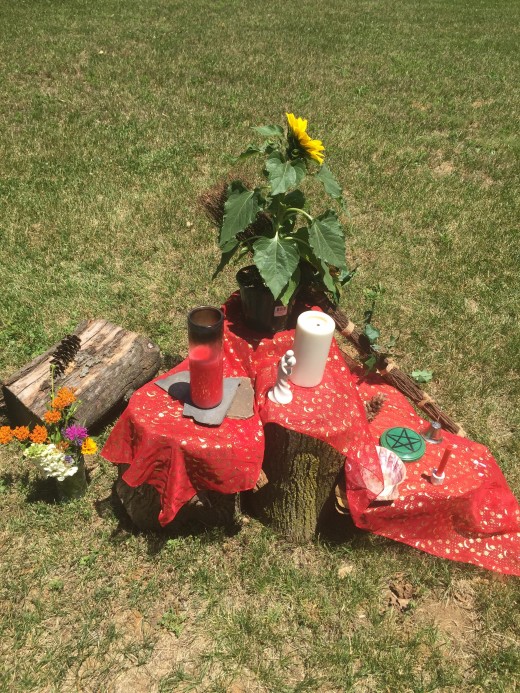
What not to Do
On the whole our group is pretty easy going. There are a few things that we discourage and this is most likely the case across the board. Since not all groups are the same, however, if in doubt please ask ahead of time.
My group does not allow photographs or video during the actual ritual. Before and after are fine. This may vary in the event of a wedding, for example, but not regular rituals. Talking during ritual (unless part of the ritual itself), breaking circle for a non-emergency and not behaving properly in ritual (mocking, disrespect, etc) are no-nos. Proselytizing is also not a good idea. Intelligent dialogue is encouraged but if it becomes hostile - or you try forcing your beliefs on another - you will likely be asked to refrain from continuing the conversation.
These are really all common sense and I am sure they don’t apply to you personally. If you are going to an event you are probably open minded and respectful. There are some immature souls out there, however, that must be directed in how to act in a spiritual setting.
In Closing
Chances are you will have a good time at the ritual. Pagans don’t normally proselytize so don’t worry that you will be hounded to join the group. Most are very outgoing and easy to talk to. If you are in fact a seeker interested in the path, and that is the reason for your visit, feel free to ask questions about the ritual and the group, but try not to monopolize the conversation. Most people are happy to help, but it isn’t possible to explain the entire path in one evening. Take time to soak in what you have experienced at the ritual. You may wish to schedule a follow up visit to the group or a time to speak with someone involved with them. If you are looking for a group to join, you want to be sure of a good fit for you. Not all groups are right for all people.
If you are a Non-Pagan, hopefully you have come away with a better understanding of who we are and what we do. Hopefully you have also had some fun and some lively conversation. Maybe you have made a friend or two. After all, connection with others is a major part of why we are here, no matter what path you are on.


